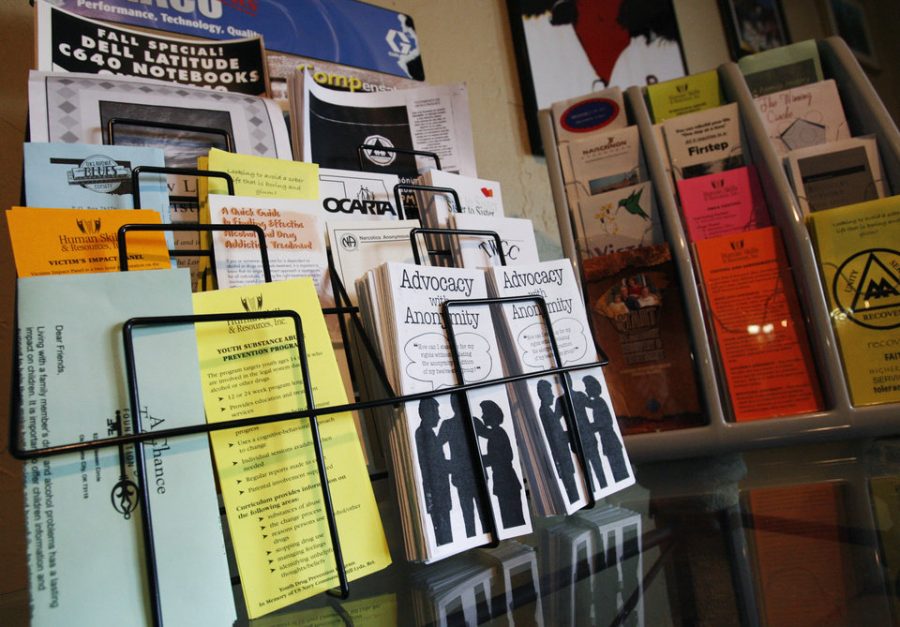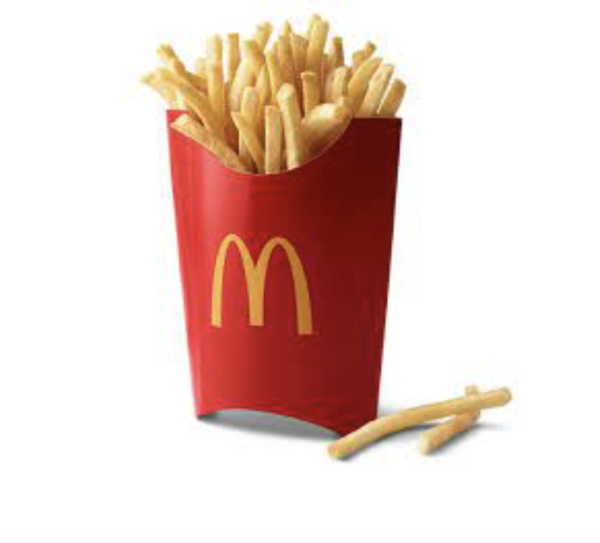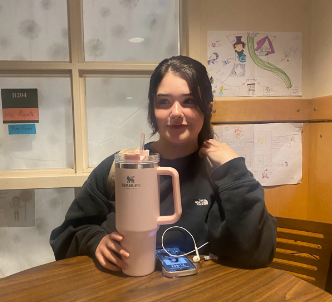More Than Meets The Eye
The Oklahoman
Pamphlets dealing with a range of topics including drug and alcohol addiction recovery at Club Soda in Oklahoma City, Okla., Friday, April 7, 2007. Photo by James Plumlee, The Oklahoman. ORG XMIT: kod
March 24, 2020
In today’s world, people tend to have a specific idea of what a drug addict looks like. Most people think of someone in active addiction, homeless, scrawny, maybe neglected dental hygiene, right? Well, though there are many cases where that is an image of an addict, there are also a million different kinds of people who are considered addicts. These are the people we tend to look right past, whether that be because it’s not always noticeable that someone is in active addiction, or has had one in the past and is now recovering or because it isn’t what we need to focus on in our day to day lives. Everyone is important. Everyone should be treated equally regardless of their current or former situation. Someone in active addiction and someone who is living a productive life with a history of addiction should be treated exactly the same. With respect. It is a common misconception that once you put down the drugs, you are automatically all better and ready for any obstacle. This is rarely the case, and most of the time addicts or former addicts are treated horribly not only by society but also by their friends and families.
A few weeks ago, on a church trip to Jackson, New Hampshire, I interviewed a couple who had just found an apartment after being homeless for two and a half years. They have both been clean from narcotics for over three years and they have a newborn child they are still denied custody of for another month, due to their situation. They spoke about their struggle with addiction and homelessness, but they kept saying something that really struck me: “Getting clean doesn’t cure everything. You have to not only work on yourself, but you also need to gain back everyone’s trust.” The woman, Christina, explained that her relationships with her parents and three children have continued to be strained these three years since she last used. The couple was living in New Hampshire wilderness for years, through extreme summer heat and sub-zero winters. These situations are much more common than we would like to think and do not receive the attention they deserve because people assume the homeless are lazy and have chosen this life. In reality, people suffering from homelessness have nothing, and no one, to help them out of their situation and they suffer, from months, to even years. The man, Eric, told us that the first day they moved into the apartment, he saw Christina stand to use the bathroom, he broke down crying. Something so simple as a bathroom trip had him in tears because they had been using the outdoors for years. Christina said, “Even deciding whether to go use the bathroom in the dead winter was a struggle. Is it worth it to let out all the heat we have created in the tent to go pee, or do I wait it out for what ended up days at a time sometimes?”
This couple is only one example of one of the biggest problems in the world today, but it is possible to work on and make a difference! Something as simple as donations of food to your local food pantry or hygiene products such as soap, shampoo, or sanitary products to a local homeless shelter can really make an impact on someone’s life. If we band together as a society, we can change hundreds of thousands of people’s lives for the better.







